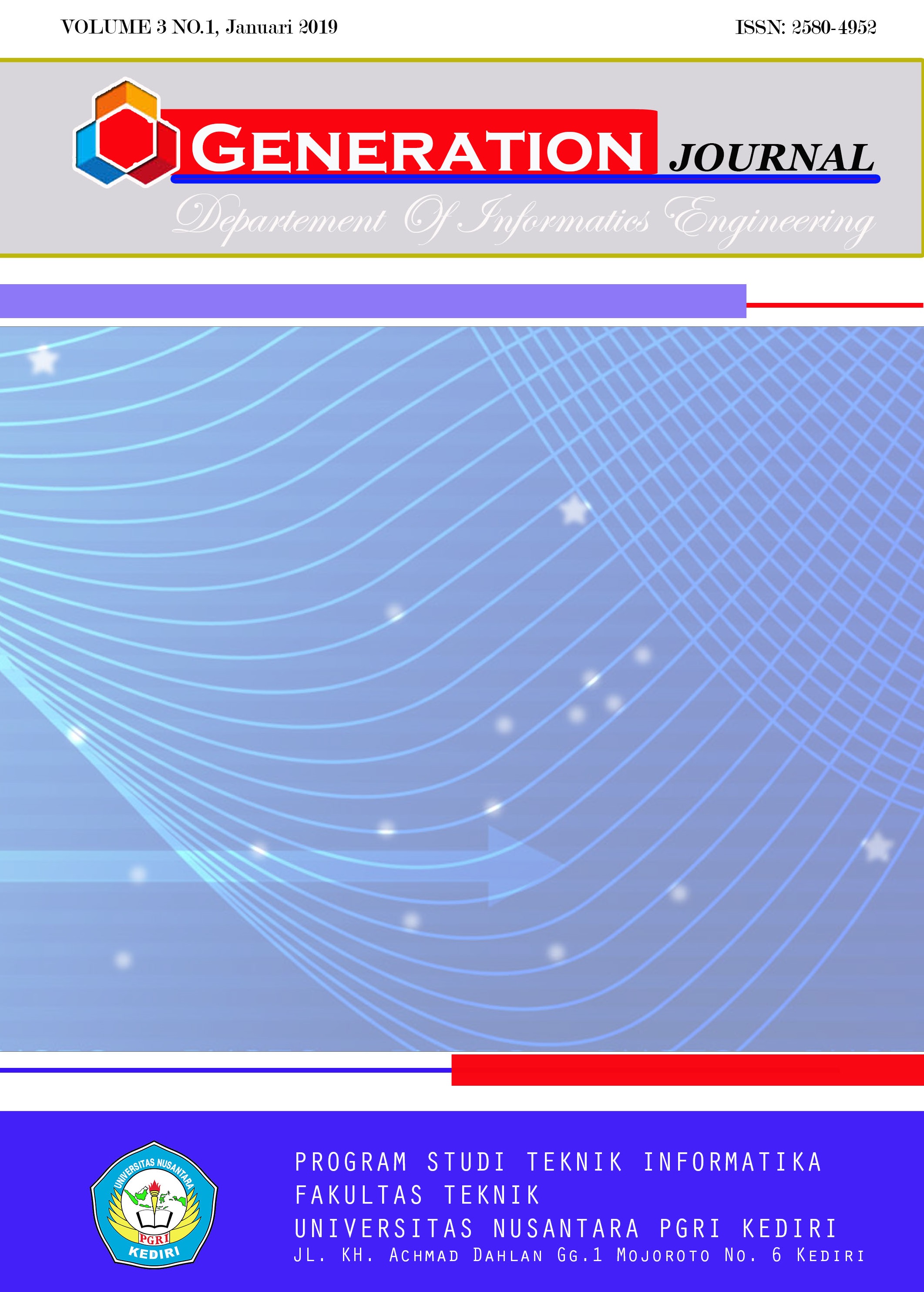Sistem Pengajaran E-Learning Di Program Studi Teknik Informatika Universitas Nusantara Pgri Kediri
DOI:
https://doi.org/10.29407/gj.v3i1.12708Abstract
E-learning memberikan kemudahan dan kelancaran proses belajar-mengajar baik bagi mahasiswa maupun dosen. Dengan metode e-learning, dosen dapat meningkatkan intensitas komunikasi interaktif dengan mahasiswa di luar jam kuliah resmi. Metode e-learning memberikan keleluasaan pada dosen untuk memberikan akses kepada mahasiswa untuk mendapatkan referensi ilmiah terkait dengan mata kuliah tersebut yang mungkin tidak didapat selama jam kuliah maupun praktikum. Referensi-referensi tersebut dapat berupa tulisan ilmiah, artikel populer atau jurnal-jurnal elektronik. Hal ini akan sangat berguna bagi mahasiswa, karena selain dapat memperkuat pemahaman mahasiswa untuk tiap pokok bahasan perkuliahan. Penggunaan e-learning bisa memungkinkan mahasiswa untuk belajar dimana saja tanpa harus pergi mengikuti perkuliahan di kelas, khususnya di Fakultas Program Studi Teknik Informatika Universitas Nusantara PGRI Kediri
Downloads
Published
Issue
Section
License
Authors who publish with this journal agree to the following terms:
- Copyright on any article is retained by the author(s).
- The author grants the journal, the right of first publication with the work simultaneously licensed under a Creative Commons Attribution License that allows others to share the work with an acknowledgment of the work’s authorship and initial publication in this journal.
- Authors are able to enter into separate, additional contractual arrangements for the non-exclusive distribution of the journal’s published version of the work (e.g., post it to an institutional repository or publish it in a book), with an acknowledgment of its initial publication in this journal.
- Authors are permitted and encouraged to post their work online (e.g., in institutional repositories or on their website) prior to and during the submission process, as it can lead to productive exchanges, as well as earlier and greater citation of published work.
- The article and any associated published material is distributed under the Creative Commons Attribution-ShareAlike 4.0 International License














